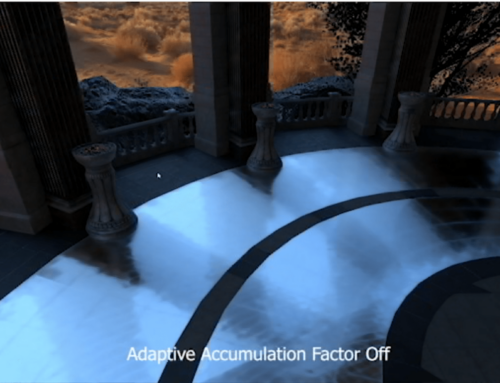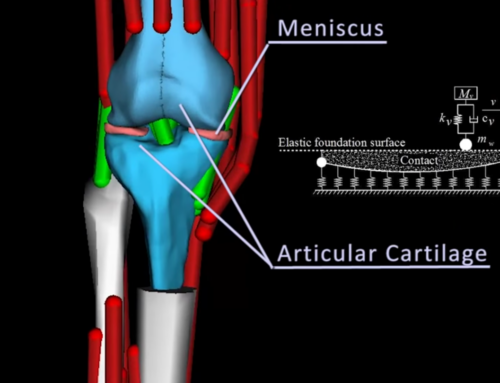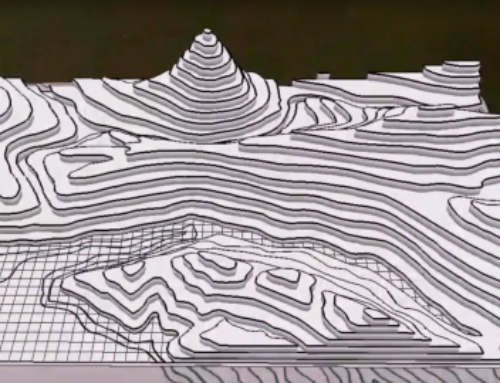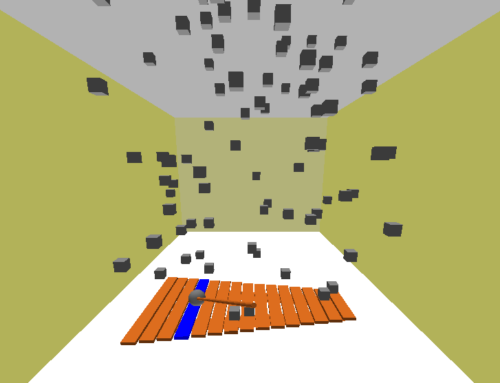During the last years, the emerging field of Augmented & Virtual Reality (AR-VR) has seen tremendous growth. Many applications utilize AR-VR reality tools for advertising, gaming, and even the presentation of museum exhibits. Such applications have the goal of improving the user experience through a different and more interactive interface, presenting to the user digital information like 3D objects or text on the image of the real world. The purpose of this work is similar since it presentsthe implementation of four different (AR-VR) applications as well as the construction of a low cost AR-VR system. All the implemented applications run in real-time and blend digital objects with the real world and vice versa. More specifically, the user has also the option to interact with the digital (augmented) world by manipulating real objects. This ability gives the user a different experience compared to the conventional screens that a desktop or a phone has. The first application detects a chessboard and transforms it into a digital painting canvas. The user can detect any object with a distinct color as a marker (e.g., a pen) in 2D and use it to draw on it as if it was a brush. For the next applications, we created a low-cost camera system that can accurately estimate the 3D position of a real object(tracker). The following applications use the 3D location of the tracker to interact with the virtual world. The second and the third applications are the multiplayer games of Jenga and Tic-Tac-Toe. The last implemented application builds on top of a previous thesis (2016), where an image of a contour map is processed and then a 3D model of the map is generated. Our system receives as input this 3D model, and the user can create mountains or valleys by moving the tracker in the real 3D world. In summary, our work presents an inexpensive Augmented Reality system which offers interaction between the real and the virtual world, by obtaining the 3D coordinates of a Tracker.




